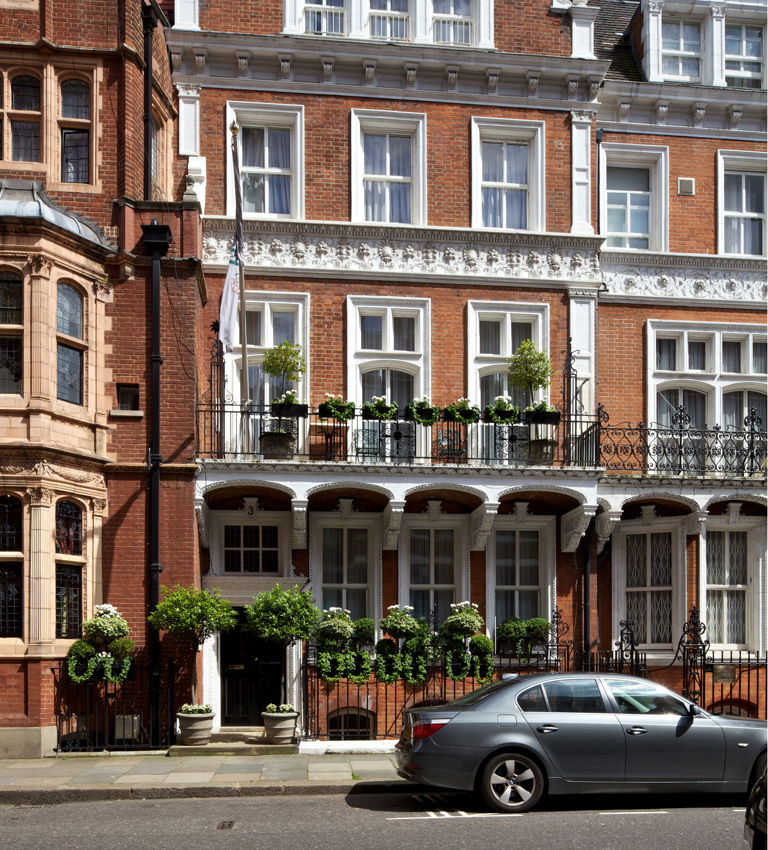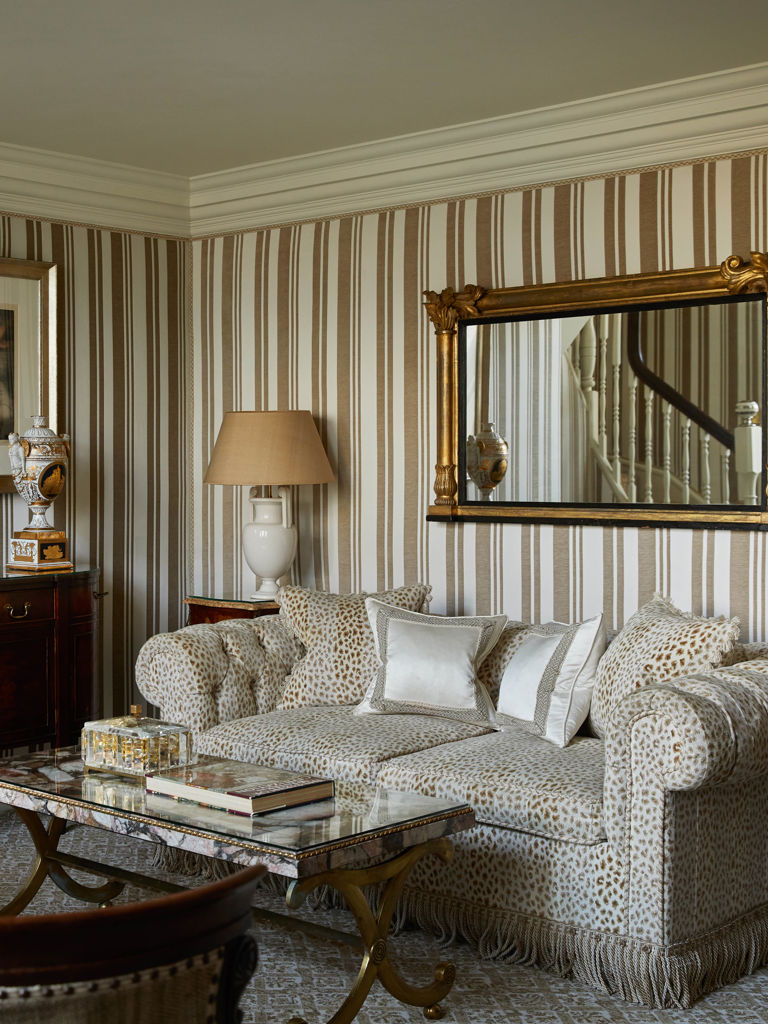
An Architectural History of The Milestone Hotel
Uncover the history of our beautiful five-star property and its intricate architectural design, resonant of Victorian England architecture.

Uncover the history of our beautiful five-star property and its intricate architectural design, resonant of Victorian England architecture.
The suites at The Milestone Hotel & Residences blend timeless charm with contemporary comfort, each thoughtfully and individually designed. Enjoy sweeping views of Kensington Gardens and personalised service that turns every stay into a story.
Discover more